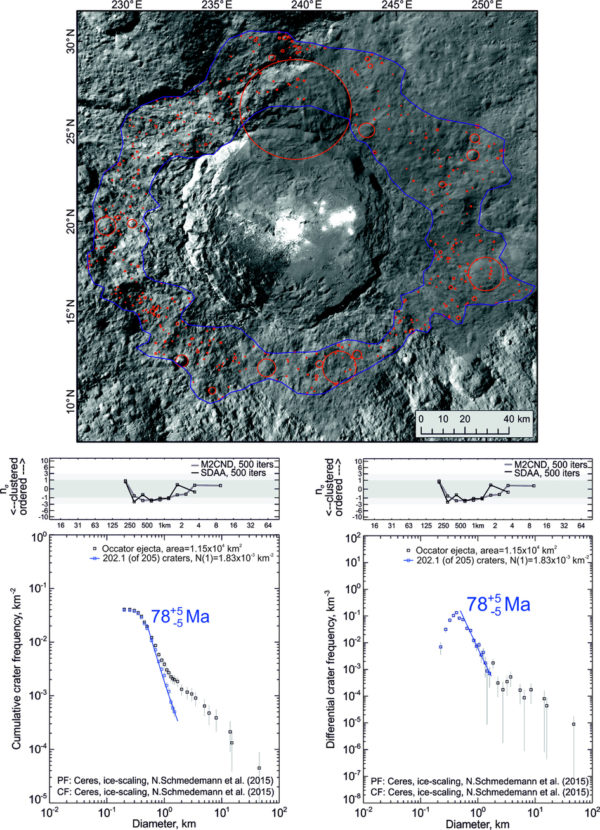“Have you entered the springs of the sea? Or have you walked in search of the depths?” -Job 38:16
When NASA’s Dawn spacecraft discovered the existence of bright, white spots inside one of Ceres’ largest craters, the speculations ran wild, from water to aliens. Instead, it was determined that these highly reflective features are salts, likely deposited on Ceres’ surface fairly recently in this deep, less-than-100-million-year-old crater.
 Image credit: NASA/JPL-Caltech/UCLA/MPS/DLR/IDA, converted from Nature Publishing Group press’s YouTube channel.
Image credit: NASA/JPL-Caltech/UCLA/MPS/DLR/IDA, converted from Nature Publishing Group press’s YouTube channel.
But new data, mostly in the infrared, has determined that these are carbonate salts, which are only deposited by liquid water, something not seen in abundance outside of Earth. This means these features likely have a hydrothermal origin, erupting from a subsurface ocean after a recent impact.

